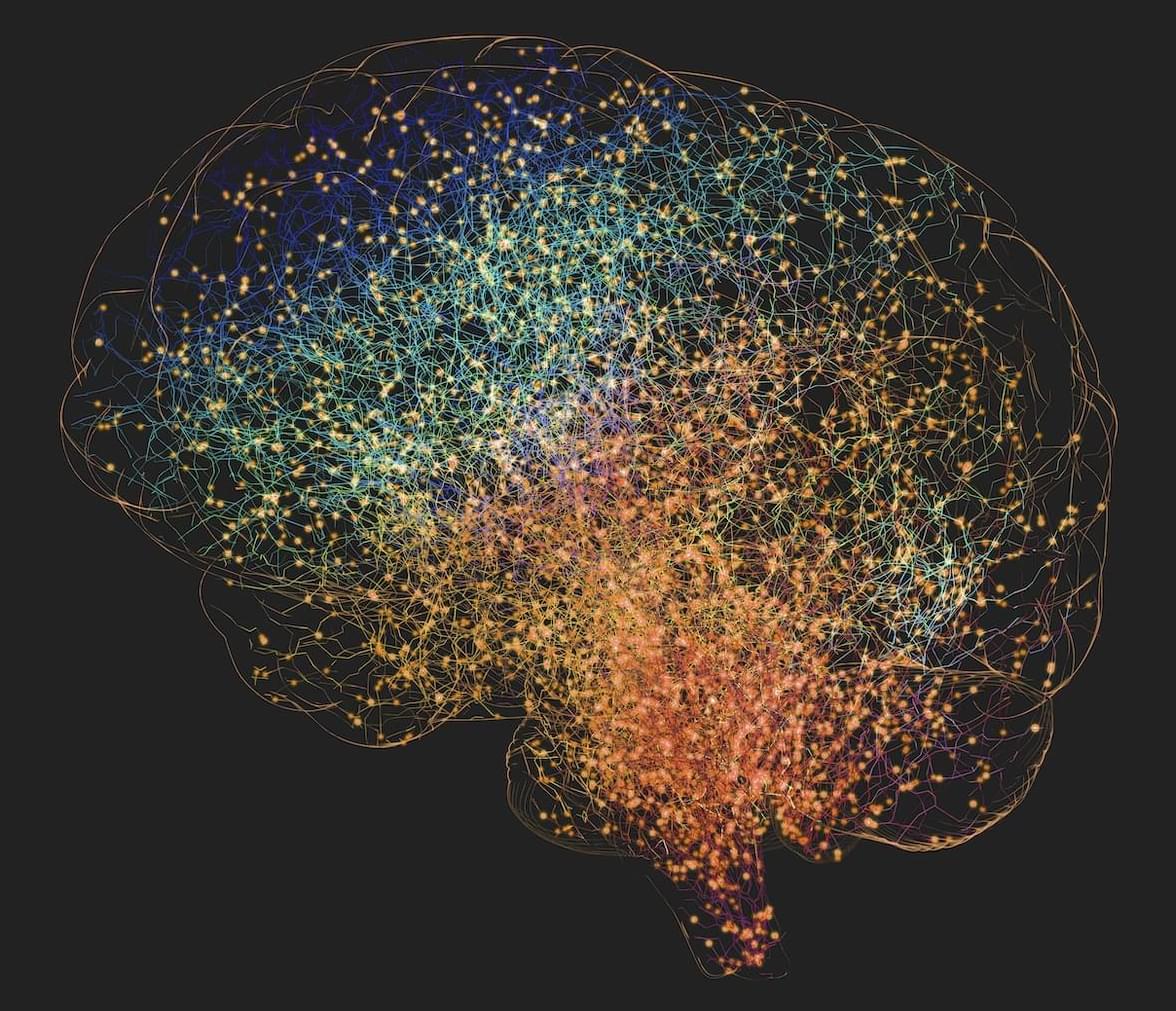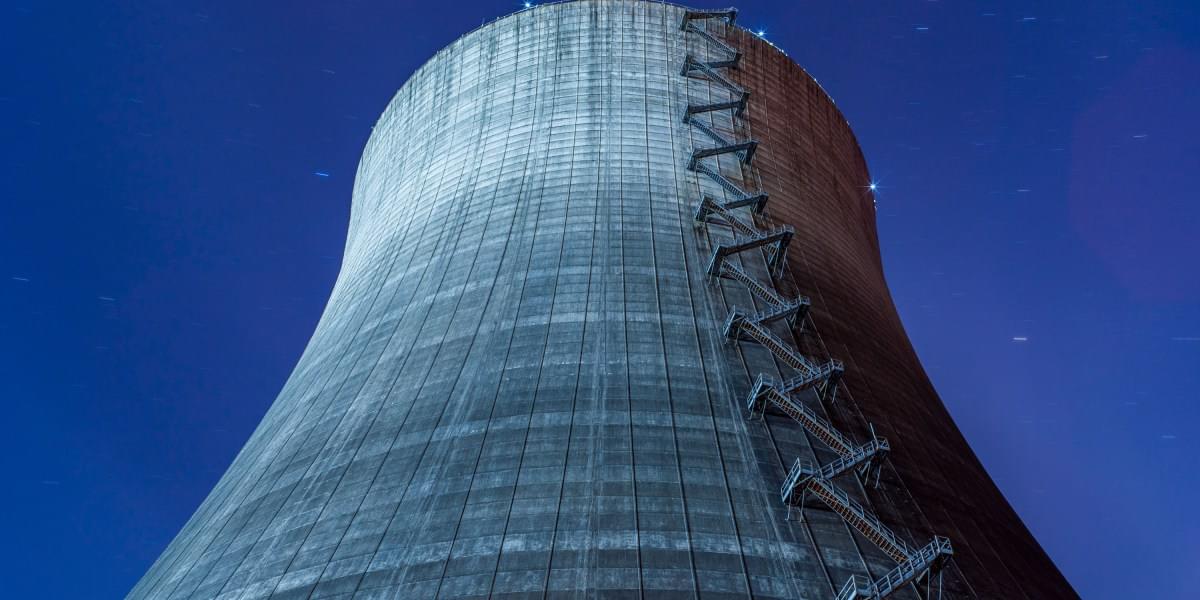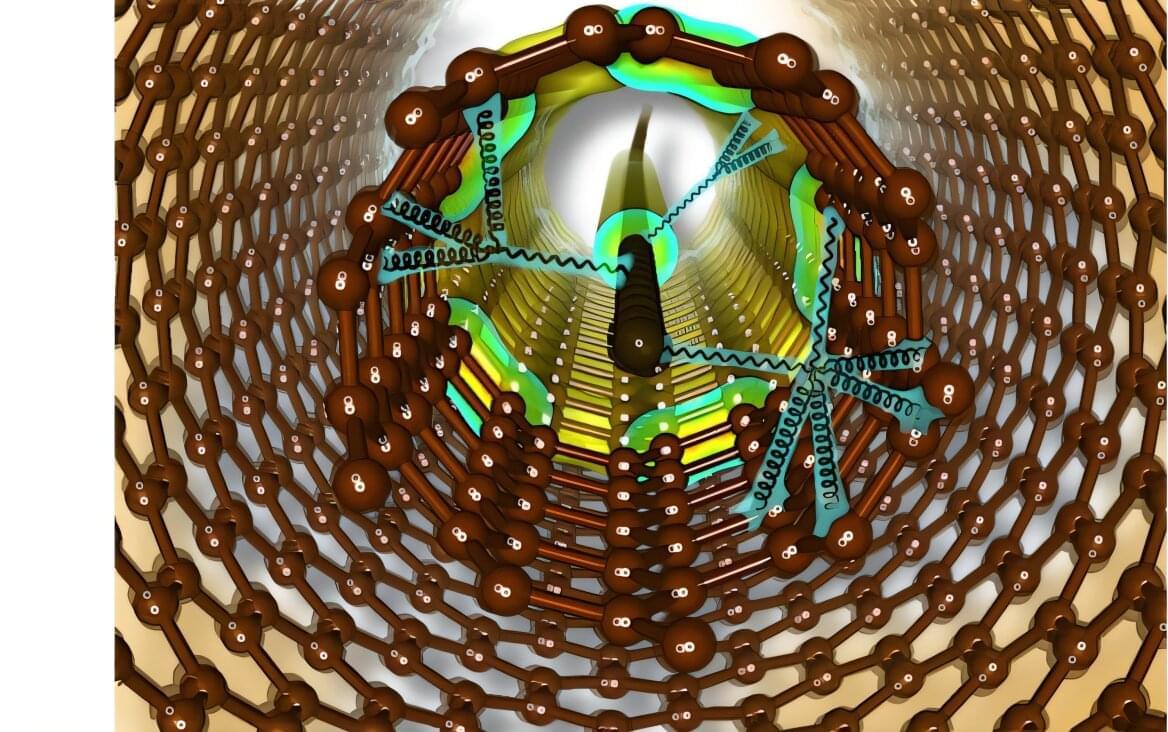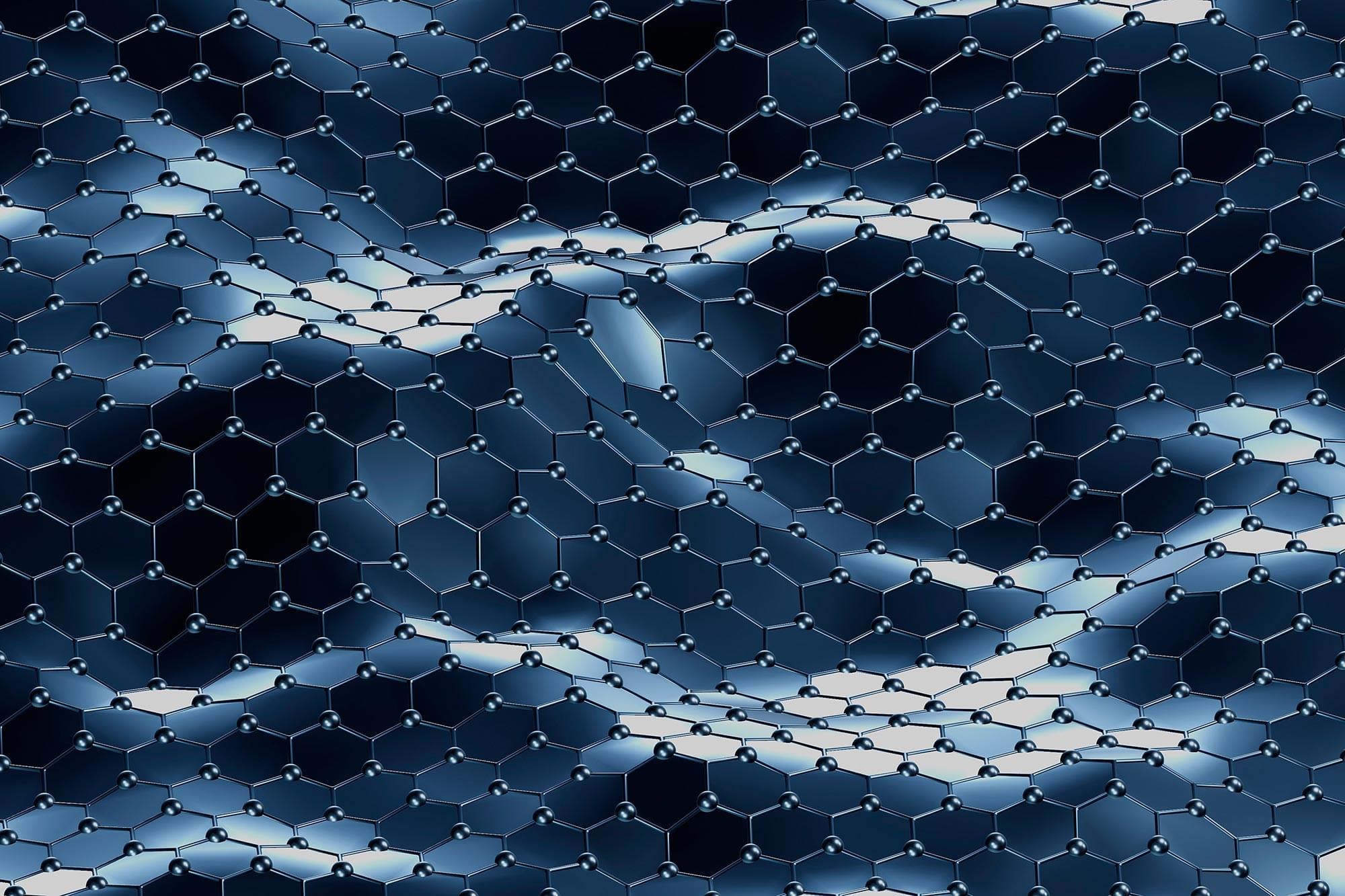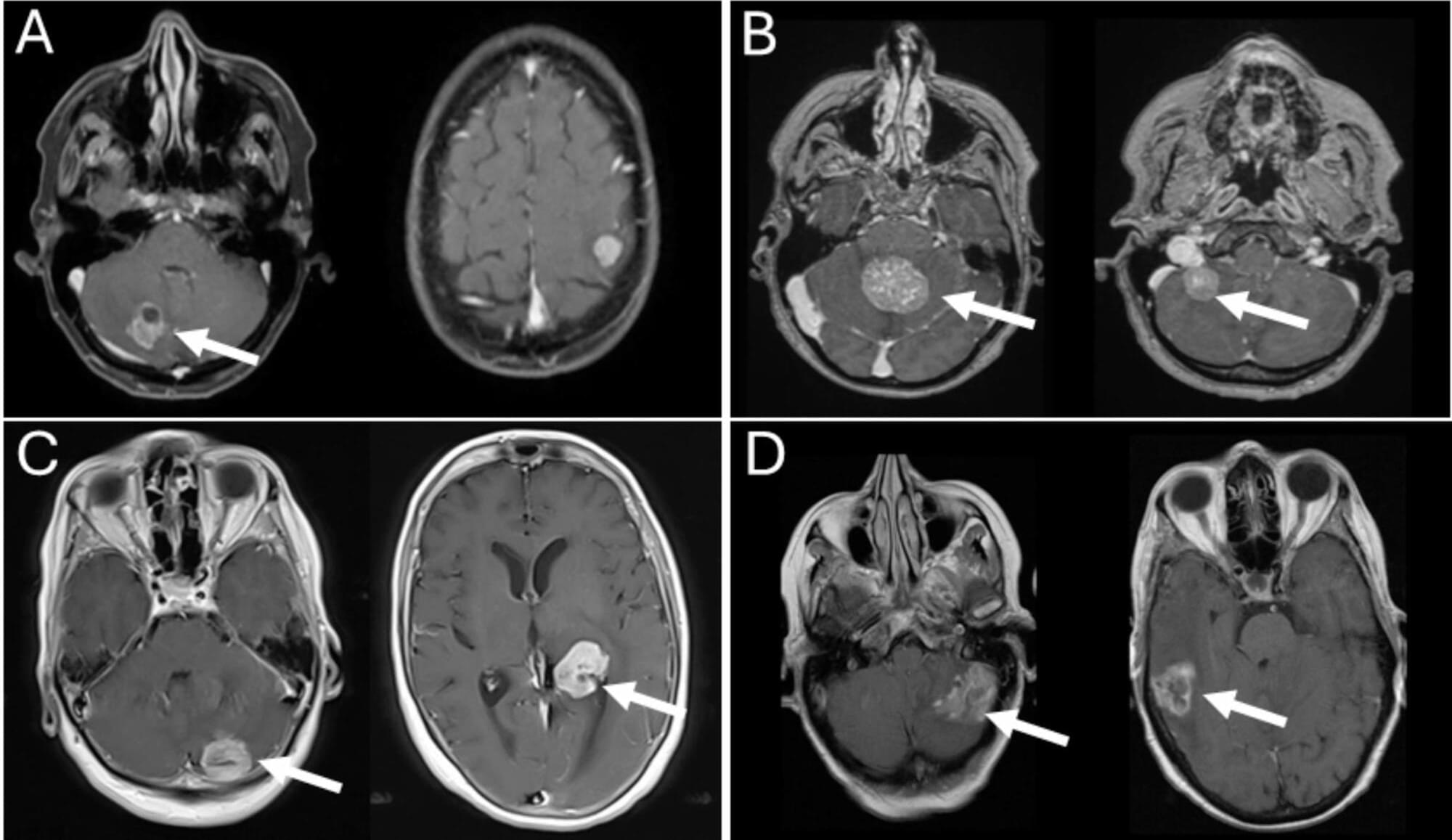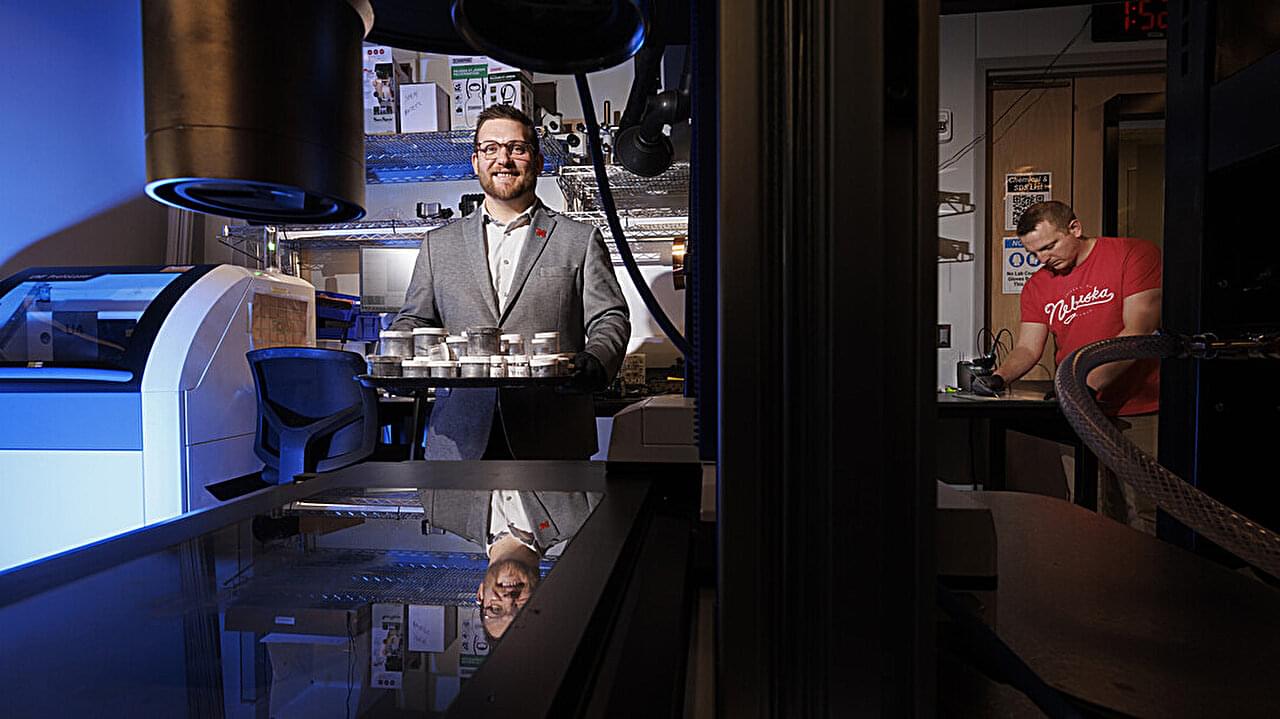Dopamine, a small molecule derived from the amino acid tyrosine, plays a significant role in regulating multiple essential brain functions, including movement, mood and motivation as well as multiple cognitive functions, including attention and memory.
Dopamine signaling in the brain is a complex process, with many mechanisms in place to accelerate or slow down dopamine’s effects. When dopamine is released from nerve cells, its efficient removal to limit signaling occurs through the activity of special proteins called “transporters,” ensuring a shorter action of dopamine in the brain.
Disruptions in dopamine signaling have been linked to several neuropsychiatric disorders, including ADHD, schizophrenia, bipolar disorder, autism spectrum disorder, substance use disorder and addiction.


